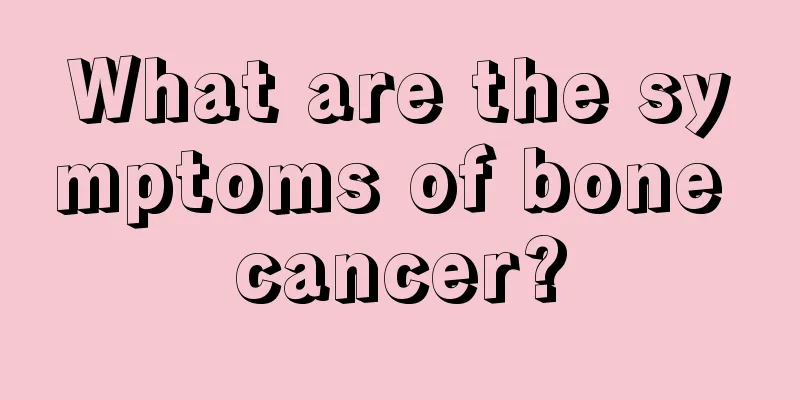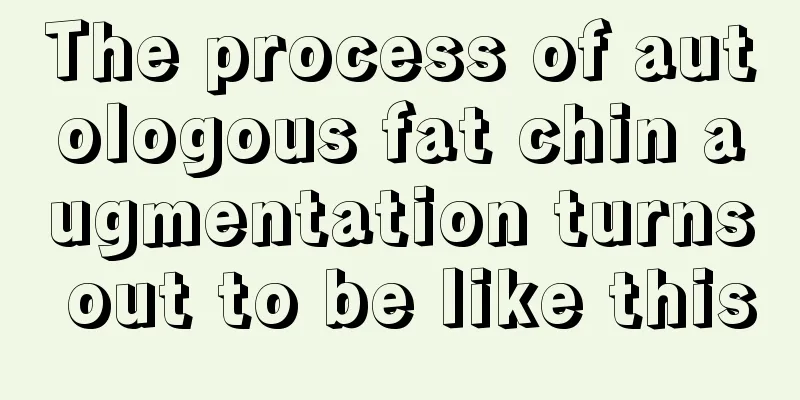What does pericardial effusion mean

|
Pericardial effusion is mainly caused by tuberculous pericarditis. As the living standards in our country have been continuously improving in recent years and anti-tuberculosis drugs have been continuously used, the gradual metastasis of tumor pericarditis has occurred. Most cases of purulent pericarditis are caused by staphylococcal infection, which is a very scary disease. However, many people are still not familiar with this disease, which increases the incidence of this disease. So what does pericardial effusion mean? Let’s find out together. What is pericardial effusion? The pericardium is composed of two layers: visceral and parietal. The visceral layer is composed of a single layer of mesothelial cells and is attached to the outer surface of the heart. The parietal layer (fibrous layer) is composed of the visceral pericardium folded over, with the pericardial cavity between the two. It usually contains 15 to 50 ml of liquid as a lubricant. This liquid is an ultrafiltrate of plasma and is normally absorbed through the right lymphatic duct and thoracic duct. Excess fluid in the pericardial cavity indicates an abnormality in the production and absorption of pericardial fluid. Causes of pericardial effusion: The cause of its occurrence is clear, and the most common cause is acute and chronic pericarditis. The results of ultrasound-guided pericardiocentesis showed that the causes of pericardial effusion were mostly malignant tumors (34%), postoperative pericardial effusion (25%), and cardiac perforation caused by cardiac catheterization (10%). In a normal pericardium, the pressure-volume curve is characterized by a plateau pressure curve. When there is a slight increase in volume in the pericardial cavity, the pressure therein will increase dramatically. The volume-pressure relationship has been confirmed in animal experiments and reflects that when the volume increases dramatically, the pericardial wall layer, which is mainly composed of elastin, has little distensibility. However, if the pericardial effusion develops slowly over weeks or months, the pressure curve shifts to the right and the compliance of the pericardium increases. This phenomenon is called "stress relaxation" (the tendency of tissue to stretch when pressure is applied). In this case, the pericardial cavity can accommodate more fluid while the intracavitary pressure remains at the lowest level. Therefore, the factors affecting the intracardial pressure depend on the amount of exudate or the distensibility of the pericardium. The treatment and timing of treatment for patients with chronic pericardial effusion should depend on the cause and hemodynamic stability. When intrapericardial pressure increases, mean right atrial and ventricular pressures rise to maintain cardiac filling. When the intrapericardial pressure increases to a critical point equal to the ventricular diastolic pressure, systolic venous congestion and decreased cardiac output lead to cardiac tamponade. For patients with clear pericardial effusion or cardiac tamponade, the key is rapid diagnosis and effective treatment. |
<<: What are the signs of pericardial effusion
>>: What causes nosebleeds due to ascites
Recommend
Is small cell lung cancer dangerous?
There are two types of lung cancer: small cell lu...
Why does my lower back hurt and I can’t straighten my back?
There are various reasons for the back pain that ...
Six bad habits that will drain your life
I still remember when you were in your early 20s,...
Can yogurt be heated? Can yogurt be heated in winter?
The organic acids in yogurt can effectively impro...
Can vitamin E remove acne scars?
Many people get acne due to skin problems, and sq...
Will bladder cancer recur after surgery?
Will bladder cancer recur after surgery? Bladder ...
Reaction after chemotherapy for bone cancer
Do you know how bone cancer patients react to che...
Doing this little thing wrong can cost someone's life
The human body has 60 trillion to 100 trillion ce...
What are the early symptoms of bone cancer?
In recent years, bone cancer has become one of th...
How to remove acne and acne treatment in daily life
Some of our female friends may pay special attent...
Can early stage gastric stump cancer be cured?
Early stage gastric stump cancer is potentially c...
I suddenly felt dizzy and wanted to vomit while taking a shower
People need to take a bath every day. Taking a ba...
Thyroid cancer patients should not worry, standardized treatment will prolong their lifespan
Many thyroid cancer patients do not want to go to...
Is advanced breast cancer contagious?
Breast cancer is not an infectious disease and wi...
What is the price of treating small cell lung cancer
What is the price of treatment for small cell lun...









